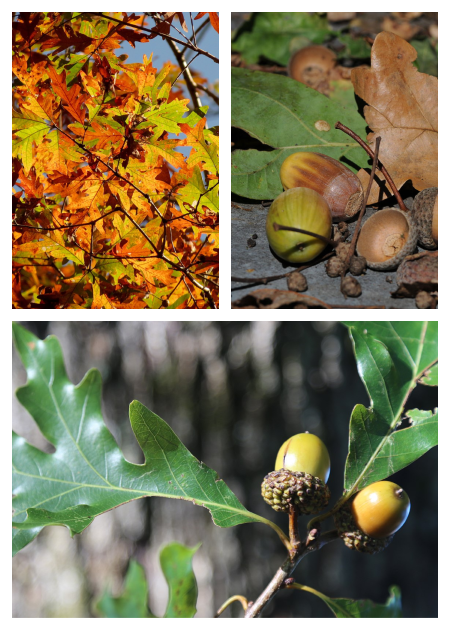Oak

Scientific Name: Quercus spp.
Common Name: Oak
Plant Family: Fagaceae (Beech family)
Etymology: Quercus is Latin for “oak.”
Parts Used: bark, wood, nuts
Season: summer, fall
Indigenous Uses
Beyond the use of oak acorns for food, the tree offered many medicinal uses. It served as an astringent, tonic, antiseptic, emetic, and supported healing from long intermittent fevers, indigestion, milky urine, and chronic dysentery. Individuals bathed in bark tea for chills and fevers, drank it for relief of asthma, or applied the tea to sore, chapped skin. A decoction of the inner bark was used for lost voice. As a craft product, oak was used in splits for baskets, lumber, firewood, furniture, woven chair bottoms, and as a corn beater or mortar (kanona); oak leaves were used to wrap dough for breadmaking. White oak (Quercus alba) is uniquely good for among oaks for bowmaking.
Edible Parts
Gather acorns as soon as they begin falling, before insects and squirrels begin consuming and stashing them. Discard any acorns with pinholes, indicating weevil grubs, and those lightly colored or with strongly attached caps. Place acorns in a bowl of water and discard any that float. Remove the shells with a nutcracker or a hammer over a towel to prevent the nutmeat from flying away. Smash or grind into acorn meal. Soak shelled acorns for a few days in a large glass bowl or jar, changing the water each time it turns brown from leached tannins. When the water remains clear and the acorns do not have a bitter taste, they are ready to cook and eat. Dry the acorn meal for use in baking, or use in soups and porridges. Store leached acorns in the freezer. Oak bark can be used in beer, for flavoring, in preserves, spice blends, sauerkraut, and vinegar.

This project was made possible by a grant from Maryland Humanities, with funding received from the Maryland Historical Trust in the Maryland Department of Planning. Maryland Humanities’ Grants Program is also supported by the National Endowment for the Humanities and private funders. Any views, findings, conclusions, or recommendations expressed on this website do not necessarily represent those of Maryland Humanities, Maryland Historical Trust, Maryland Department of Planning, or National Endowment for the Humanities.

